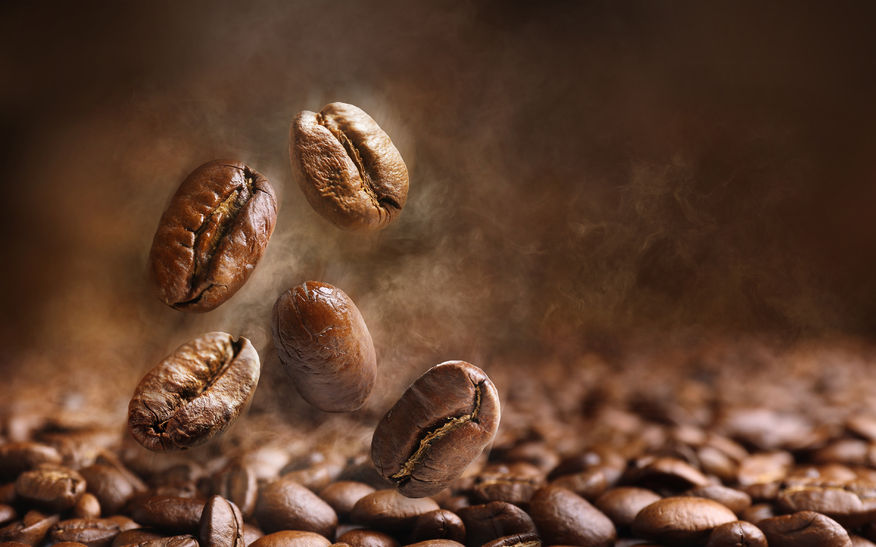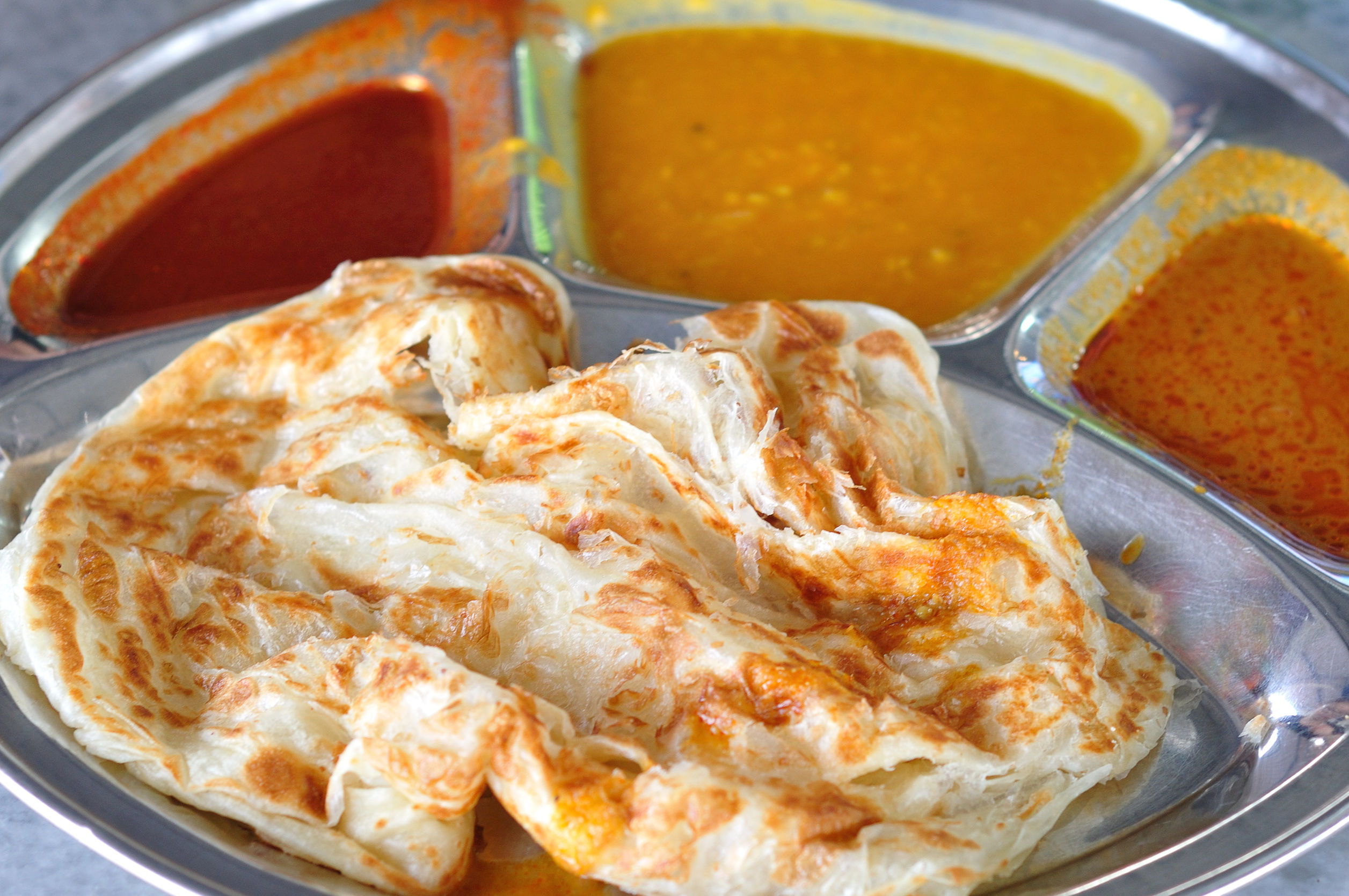THE exact story behind the discovery of coffee is unclear, although there are some legendary tales that surround it. One of them is the popular story of Kaldi, who discovered the power of coffee beans, thanks to his jumping goats.
According to this legend, the Ethiopian goat herd noticed that his goats were unusually energetic, jumping and “dancing” about when they should have been sleeping. Curious by this occurrence, Kaldi scrutinised the behaviour of his goats, only to find them munching on strange red beans.
Upon relating this discovery to a monk in a monastery, the monk who has trouble keeping awake during long late night prayers, decided to try making a drink from these berries, and thus he brewed the first cup of coffee in history.
While this fascinating story’s origin may be difficult to pinpoint, this International Coffee Day (Oct 1), Kuali.com has compiled some concrete coffee facts for you, along with three delicious coffee recipes for you to whip up.
The most expensive coffee comes in the form of poop
Well, not exactly. The famous Kopi Luwak is made by feeding coffee beans to civet cats to partially digest, and the beans are then procured from their excretions and processed to become the world’s most expensive coffee.
Some say it tastes delicious, while others claim the coffee is bitter and unbearable. Either way, one pound of the stuff can set you back anywhere between RM400 – RM2,400 in some parts of the world.
Apart from Kopi Luwak, the Black Ivory coffee is also another excretion-based coffee that is produced in the same way, but using elephant dung instead of civet cat poop. Um…yum?
Coffee is grown in regions on the “bean belt”
Coffee trees need a tropical climate to grow, and regions around the equator are perfect for that. These tropical regions that harvest coffee beans are known as the bean belt.
Coffee trees can grow up to nine meters high, but you may not see one this tall in reality, as the trees are cultivated to be shorter to ease harvesting the beans. It can take up to three to four years for a newly-planted coffee tree to produce ripe coffee cherries.
Coffee used to be a food instead of drink
Coffee cherries used to be eaten whole by the early East African tribes. They would mix the coffee cherry with animal fat and consume them when they needed an energy boost, much like a Snickers bar these days.
Alternative uses for coffee
Coffee is being used in many other ways today. It makes a great odour neutraliser, which have prompted some to keep a cup of fresh ground coffee in their cars, homes, and other not-so fragrant areas.
Some have sought to make it into face and body exfoliating scrub, while there are some murmurs that pouring coffee on dry and clean hair gives it a shine booster.
For the extreme and the adventurous, there is even a spa in Hakone, Japan that offers visitors a chance to dip themselves in baths of hot-coffee (they also have baths of green tea, wine, and, brace yourselves…ramen broth).
Instant coffee and decaffeinated coffee
Ever wondered how these two types of coffee are made? Instant coffee is coffee that has been brewed, and then freeze-dried or spray-dried. The granules can therefore be re-hydrated by mixing it with hot water.
Decaffeinated coffee or decaf is made by soaking green, un-roasted coffee beans in hot water, and then in a solvent solution that extracts the caffeine from the beans. Usually, the first batch of beans that goes through this process loses too much of its flavour, and are typically discarded.
With all that coffee talk, we’ll leave you with three different and delicious coffee recipes for you to try making over the weekend:









